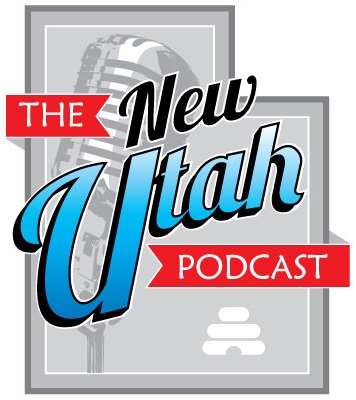Welcome to the first of our new annual feature!
As you know here at TNUP we dedicate the last recording week of the month to something special. In 2019 we focused on ‘Infamous’ Utahns. In 2020 it was ‘Famous’ Utahns and for 2021 we have decided to focus on historically famous locations, landmarks, and places. To kick the new year off right we dive into a location known as Topaz Mountain.
The Central Utah Relocation Center…Or Topaz Mountain as it has been referred to was one of 10 relocation centers constructed in the United States during World War II for the purpose of detaining Japanese Americans and people of Japanese descent. More than 11,000 people passed through the center and, at its peak, it housed over 8,000 internees. Today, the Central Utah Relocation Center (Topaz) Site consists of two monuments, building foundations, roads, gravel walkways, agricultural buildings, portions of the perimeter fence, and landscaping.
Construction of the 19,800-acre Central Utah Relocation Center began in July of 1942, continuing through January of 1943. The center was built in the Sevier Desert in central Utah, a dry, windy environment with harsh winters that was entirely new to the internees, most of whom were from the San Francisco, California area.
The walls of the barracks were covered with sheet rock, but many of the apartments where not finished when the inmates began to arrive. The prisoners had to endure very cold conditions until eventually gypsum board was installed on the walls and ceilings.
People at Topaz could work, but wages were substandard for work inside the camp. Doctors of Japanese ancestry were paid $19 a month. Teachers made $16 per month and clerical, cooks, and farm hands made $14 to $12 per month. All workers received a clothing allowance and ration cards. Unemployment compensation went to families of those unable to find employment.
The Central Utah Relocation Center was closed on October 31, 1945. Following the closing of the camp, many of the structures were sold or taken away to nearby educational facilities and most of what remained was torn down.
The Central Utah Relocation Center (Topaz) Site is now a National Historic Landmark. Due to COVID-19 the museum is temporarily closed but you can call the number (435) 864-2514 for updates on re-opening plans and adjusted hours. You can also search topazmuseum.org. for facts and resources about the center.

Music for episode provided by Folk Hogan.
